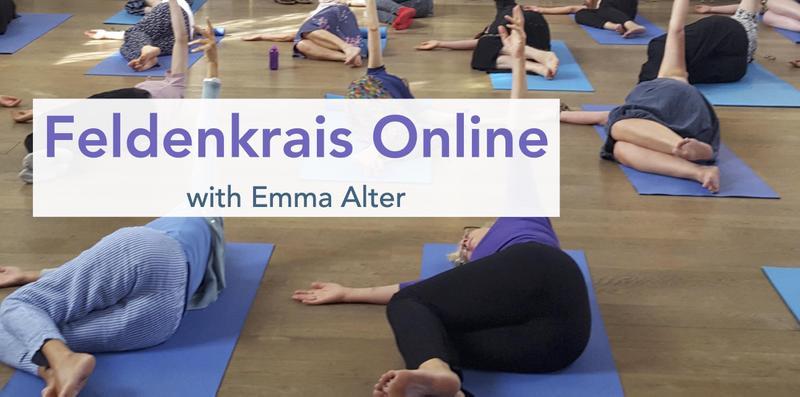6 group class package
In group classes my we move in order to discover more about ourselves and our habits, and how we can become more aware of the habits that hold us back. I lead you through a series of movements, for this laboratory of the self to help you find easier ways to move.
By becoming more aware of what we are actually doing (rather than what we think we are doing), our brain makes new neural connections, and we can find new, easier ways of moving. This improved kinaesthetic skill allows us to move in a way that causes less pain, feel better, and have greater efficiency of both movement and thought.
Each step brings us closer to our potential.
Classes are at 7pm Sundays, 10 am Mondays, 7pm Wednesdays, 8pm Thursdays (UK time)
6 group class package doesn’t have reviews yet.
Click the button below to leave the first one!
About Emma Alter I bring my kindness, intelligence, and patience to work with clients, starting from where they are. We work together to explore the possibilities to improve the way you move. I have successfully worked with many clients to find new ways of moving, feeling and being, to enable them to move with less pain, and do what they want more easily. |
Emma Alter doesn’t have reviews yet.
Click the button below to leave the first one!
hi Sherry, the group class varies, depending on who’s there that week. They’re usually between 5-9 at the moment. Group classes address universal themes, whereas individual sessions are tailored just for you and what you want to improve. Classes are a more cost effective way of learning, individual sessions are usually a faster route there.
Hello. How many people are in the group class? Could you please tell me, is group classes more effective than personally?
